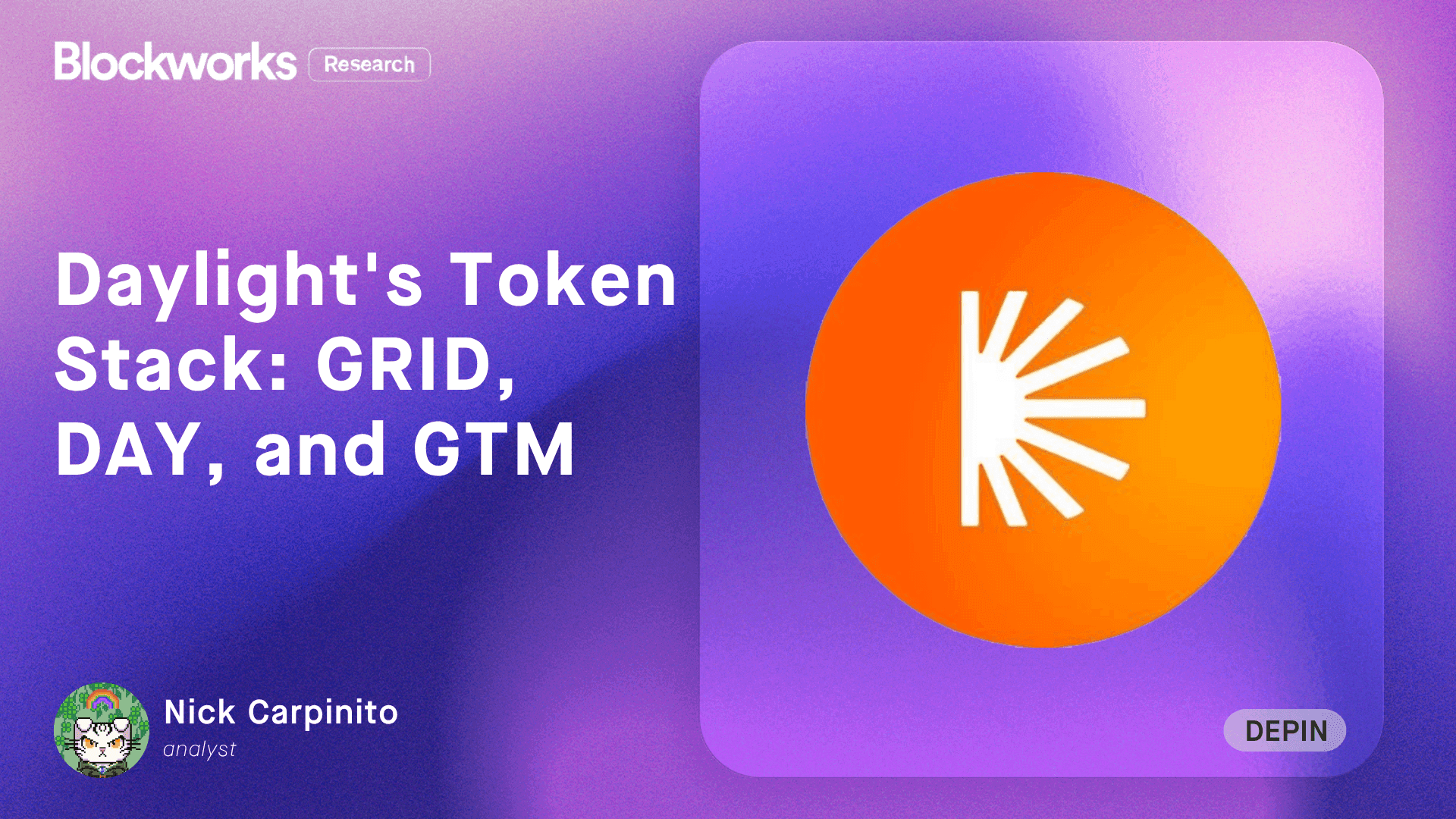About Bitcoin
Bitcoin (BTC) is a digital asset - also called cryptocurrency - that allows people to transact directly with each other without intermediaries like banks. As digital means of transferring and settling value, Bitcoin is tamperproof, censorship-resistant, globally accessible, and secured by energy. It was released in 2009 and was the first successful currency of its kind.
Bitcoin was created by an unknown person or a group of people going by the pseudonym Satoshi Nakamoto. Satoshi was actively leading and developing the project for a while after Bitcoin’s launch. However, on April 26, 2011, he sent a final email to his fellow developers saying he had “moved on to other projects.” Today, more than 800 people are contributing to the development of Bitcoin, according to GitHub.
Satoshi designed Bitcoin with a limited total supply of 21 million units, creating digital scarcity, the first of its kind. As of October 4, 2022, there were 19,168,118 bitcoin in circulation (91% of the total supply). Bitcoin is divisible up to 8 decimal places (100 millionth). The smallest unit is called a “satoshi.” Bitcoin’s ticker is BTC and is used across many different trading venues.
Price history
Bitcoin’s price is following a cyclical pattern, going through peaks and troughs, which are correlated with its halvings. With every halving, Bitcoin’s supply is cut in half, making it more scarce. Such halvings happen every 4 years approximately. Initially, 50 BTC were added into circulation with each block. Having seen three havlings already, Bitcoin’s supply issuance currently stands at 6.25 BTC every 10 minutes on average. The next halving will take place in 2024, cutting the amount per block to 3.125 BTC. Miners are projected to mine the last BTC around 2140.
At launch, BTC didn’t have a price tag. It had no monetary value. When Satoshi mined the genesis block (first block), 50 BTC went into circulation at $0. Fast forward to November 10, 2021, 12 years later, Bitcoin hit an all-time high (ATH) of $68,789.63. This was a huge moment for the Bitcoin community and the crypto space as a whole. Needless to say though, the cryptocurrency has gone through many ups and downs over the years before reaching this historical price. In February 2011, for example, bitcoin’s price rose to $1 for the first time. It then climbed to $10 and $30 in the subsequent months. By the end of 2011, BTC was under $5.
2013 was a huge year for bitcoin because it recorded a price gain of 6,600%. Its first major pump is said to have been caused because of Chinese investors circumventing the country’s capital controls. Although it experienced a price correction after almost hitting $250 in April, it reached $1,000 for the first time in the last quarter of 2013. Bitcoin wouldn’t record $1,000 again for more than 3 years.
Over the course of its history, bitcoin has always made a strong comeback. In December 2017, the cryptocurrency even peaked at nearly $20,000. A crypto winter followed in 2018 and 2019 until prices began significantly picking up again at the end of 2020. One year later, the current bitcoin all-time high was recorded. In 2022, bitcoin has dropped once more and is hovering around $20,000 - $18,000.
How does Bitcoin work?
Blockchain is the underlying technology that stores a record of all BTC transactions. It’s an immutable public distributed ledger stored and maintained by a network of full nodes. The name Bitcoin is used interchangeably to refer to the blockchain network and the cryptocurrency that powers it. More precisely though, Bitcoin with a capital B is referring to the network, while Bitcoin used with a minor b is describing the asset.
New bitcoin is created through a process called mining. In the beginning, miners could use moderately powerful devices like CPUs and GPUs. As the number of Bitcoin miners increased, the difficulty of finding new blocks rose to the point that miners now need ASICs to mine profitably.
Processing power is needed to provide the necessary proof of work. This is the work that miners (another type of bitcoin node) need to perform to verify and add blocks of transactions to the blockchain by running software with unique hardware. They use mining software to “listen” for transactions broadcasted across the network and compete to generate the mathematical proof of work by generating hashes, which are not difficult to perform but energy intensive. That is why they require specialized mining hardware called application-specific integrated circuits (ASICs).
The miner that assembles a block before everyone else gets to validate and add the next block of transactions to the blockchain. The average time it takes to find a block is 10 minutes. Bitcoin mining is a competitive task, making it hard for anyone to consecutively add blocks of transactions. Miners are incentivized to do this work to earn the block reward, which is how new Bitcoins are minted. Mining creates trust in a decentralized network where there is no trusted third party by ensuring that transactions are confirmed only when enough computational power has been committed to each approved block. As more blocks are accepted on the chain, trust increases even more. This way, practically speaking, transactions committed to the Bitcoin network are permanent, they cannot be reversed.
FAQs
Who owns the most bitcoin?
Distributed over several wallets, it’s estimated that Satoshi owns over 1 million BTC worth in excess of $19 billion at the time of writing this article. This makes Satoshi the biggest bitcoin holder. MicroStrategy is the largest corporate holder of bitcoin (130,000 BTC as of September 20, 2022). Additionally, over 30,000 bitcoin addresses are holding more than $1 million BTC.
Is Bitcoin coin a good investment?
Bitcoin is provably scarce and because of its halving schedule, the cryptocurrency is programmed to become more scarce. Thanks to its proof of work algorithm, mining protects the protocol from disruption and interference, making it resistant to any form of modification or corruption. An asset that cannot become less scarce will likely perform well over time due to its supply and demand dynamics.
What was the price of 1 Bitcoin in 2009?
The bitcoin price was $0 at launch.
Can Bitcoin reach $1,000,000?
Many experts and analysts have given varying bitcoin price predictions. One of the most popular forecasts is the stock-to-flow model, which predicts BTC will reach $100,000 in 2024 and $1,000,000 in 2025. The latter figure still seems to be far out. Although this prediction is attractive to investors, keep in mind that bitcoin is a volatile asset, the price predictions are not guaranteed, and you shouldn’t invest what you cannot afford to lose. The average bitcoin price prediction for 2023 is around $31,000.
Popular Criticisms
Miners use energy-intensive equipment to compete for the chance to find a block. As a result, Bitcoin consumes a lot of power, drawing criticism from many people, including Elon Musk. As of the end of October 2022, Bitcoin consumed about 102.11 TWh per year. This is the equivalent of Pakistan’s power expenditure. While Bitcoin does consume a lot of energy, in the grand scheme of things, its consumption is still negligible. Also, because Bitcoin mining is a highly competitive industry with miners looking for the cheapest energy, affordable renewable energy sources are increasingly used. Mining is on course to be the first and only industry to become carbon negative (a huge positive for the environment).
Comparisons to other Projects
Bitcoin is often compared to Ethereum, the second-largest digital asset by market cap. The latter recently switched from proof-of-work (PoW) to proof-of-stake (PoS), making it less dependent on processing power. Furthermore, Bitcoin is often compared to its fork, Litecoin, which processes transactions faster (block confirmation time is 2.5 minutes) and has very low fees. Still, though, bitcoin is considered the mother of all cryptocurrencies, leading the way. The jury is still out on whether the trade-offs (switching to proof-of-stake or lowering transaction fees) will be worth it in the long run. After all, security with these alternative blockchains will be reduced. This is also why other cryptocurrencies show a high correlation to Bitcoin’s price.
Development Timelines
Since its launch, Bitcoin has received a few upgrades. In 2017, the SegWit upgrade boosted Bitcoin’s capacity by transforming how data is stored in blocks. Four years later, developers executed the Taproot upgrade, enabling Bitcoin to compete with smart contract platforms like Ethereum. It also made the network more private and secure. Possible future upgrades could improve security through modifications called covenants and ramp up privacy with the use of sidechains.


